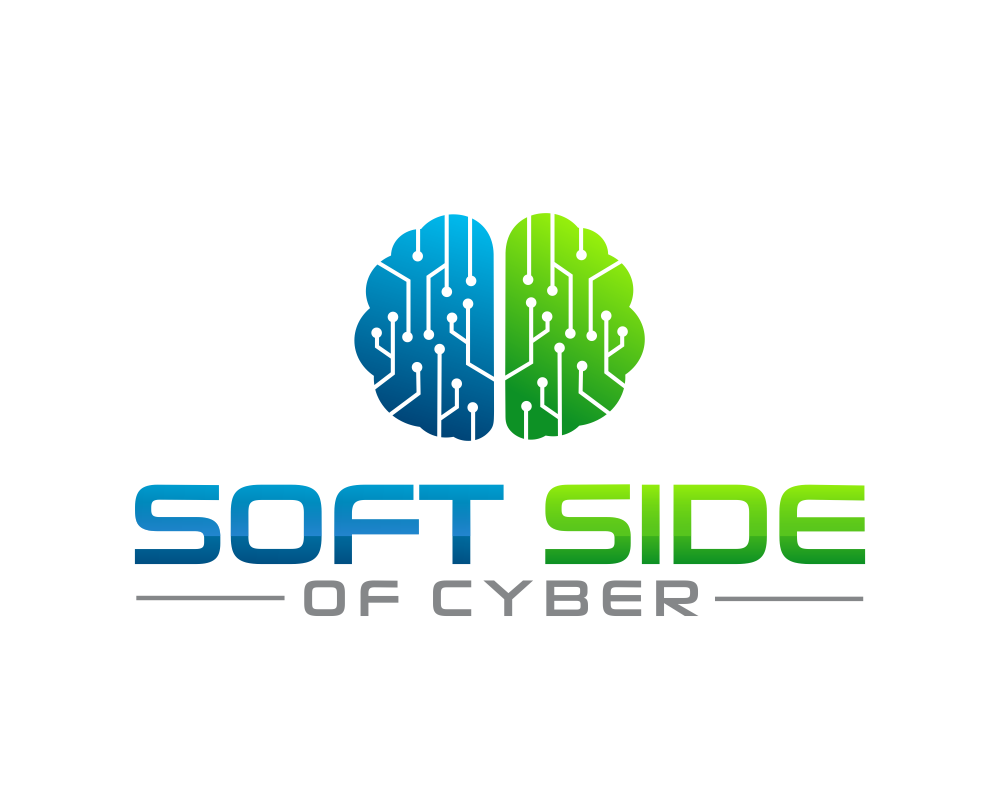
Breaking the Silence: How to Speak Truth to Power in Cybersecurity and Save Your Business from Disaster
Speaking truth to power is a critical aspect of cybersecurity. It ensures that decision-makers are informed about the actual state of their organization's cybersecurity posture. The facts we're referring to are accurate and complete information about the organization's security risks, vulnerabilities, and potential threats. In today's increasingly interconnected and digital world, cybersecurity has become a top priority for organizations of all sizes. Cyber attacks can have devastating consequences, including loss of sensitive information, financial losses, and damage to reputation.
Just so we're all playing from the same sheet of music, in the context of "speaking truth to power," in this article, "power" refers to individuals or groups within an organization who have the authority to make decisions that impact the organization's cybersecurity posture. This power allocation can include executives (CEO, CIO, CFO, CISO), managers (both within and outside the IT organization), and other decision-makers (I don't have a parenthetical for this one, but I am a believer in groupings of three) who hold positions of authority and are responsible for making decisions about investments in cybersecurity, allocating resources, and prioritizing initiatives. In cybersecurity, generally, "speaking truth to power" means communicating accurate and complete information about security risks and vulnerabilities to these individuals or groups so that they can make informed decisions that will positively impact the organization's overall security posture.
The Need for Accurate and Complete Information
As we all know, cybersecurity is a complex and rapidly evolving field, and those in power must have access to the latest information and expert advice to make informed decisions. Speaking truth to power involves communicating the facts and presenting them in an understandable and actionable manner for those in charge. Such a presentation includes ensuring that decision-makers clearly understand the organization's current cybersecurity posture and the potential impact of any security incidents or breaches.
In many organizations, there is a tendency to downplay or hide information about security incidents or vulnerabilities, mainly if the information is sensitive or embarrassing. However, concealing or denying the truth only compounds the problem and increases the organization's risk. By speaking truth to power, cybersecurity professionals can help decision-makers understand the full extent of the organization's security risks and the potential consequences of ignoring them. This information enables leaders to make informed decisions about investments in cybersecurity, allocate resources where they are needed, and prioritize initiatives that will significantly impact the organization's overall security posture.
Check out our quick reaction video to this article below.
Fostering a Culture of Transparency and Accountability
Speaking truth to power also helps to foster a culture of transparency and accountability within the organization. When security professionals are transparent about the organization's security posture, it sends a clear message that the organization takes cybersecurity seriously and is committed to protecting its assets and reputation. In addition, this culture of transparency and accountability helps to build trust between the organization and its stakeholders, including employees, customers, and partners.
Challenges
One of the critical challenges in speaking truth to power is communicating complex technical information in a way that is easily understood by those in charge. Therefore, cybersecurity professionals must effectively communicate the risks and potential consequences of security incidents in a relevant and meaningful way to decision-makers. Effective conversations about risk may involve analogies, visual aids, or other methods to simplify complex technical information.
Another challenge is ensuring that the truth is communicated promptly and effectively. In the fast-paced and rapidly evolving world of cybersecurity, decision-makers must have access to the latest information and expert advice as soon as it becomes available. Communicating truth requires a solid and open line of communication between cybersecurity professionals and those in positions of power and a commitment to keeping decision-makers informed and engaged.
Closing Thoughts
Speaking truth to power is crucial in cybersecurity as it ensures that decision-makers have the information they need to make informed decisions, protects the organization from the consequences of ignoring security risks, and promotes a culture of transparency and accountability. Therefore, cybersecurity professionals must be proactive in communicating the truth to those in positions of power, even if the information is sensitive or difficult to share. By doing so, they can help organizations make informed decisions about cybersecurity, build trust with stakeholders, and protect their assets and reputation.


